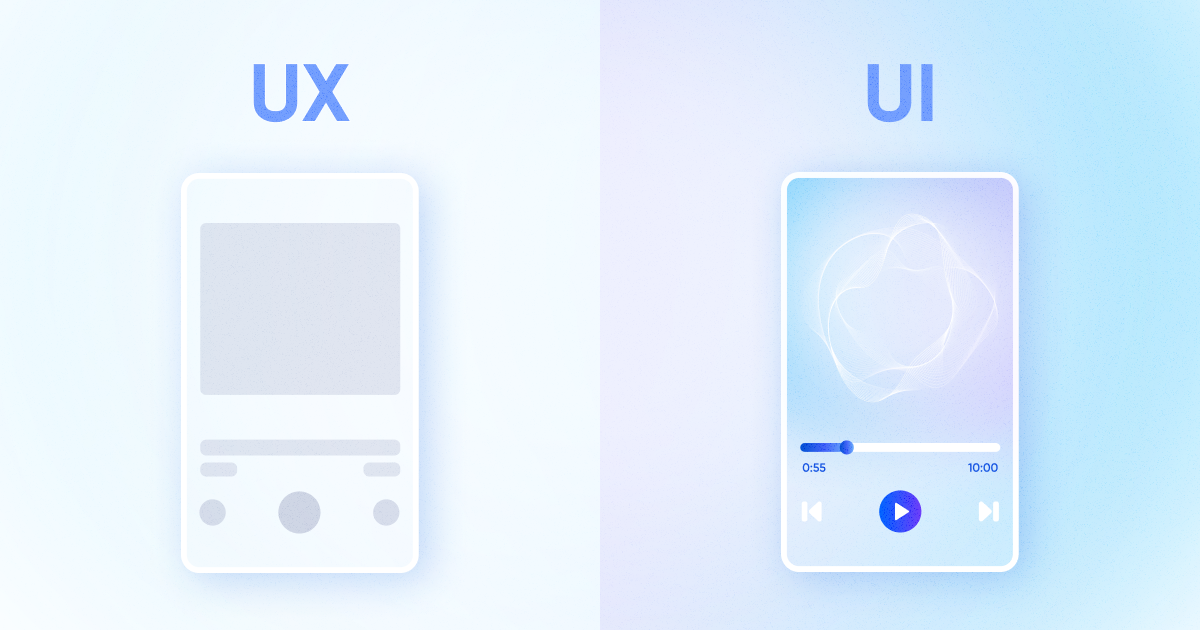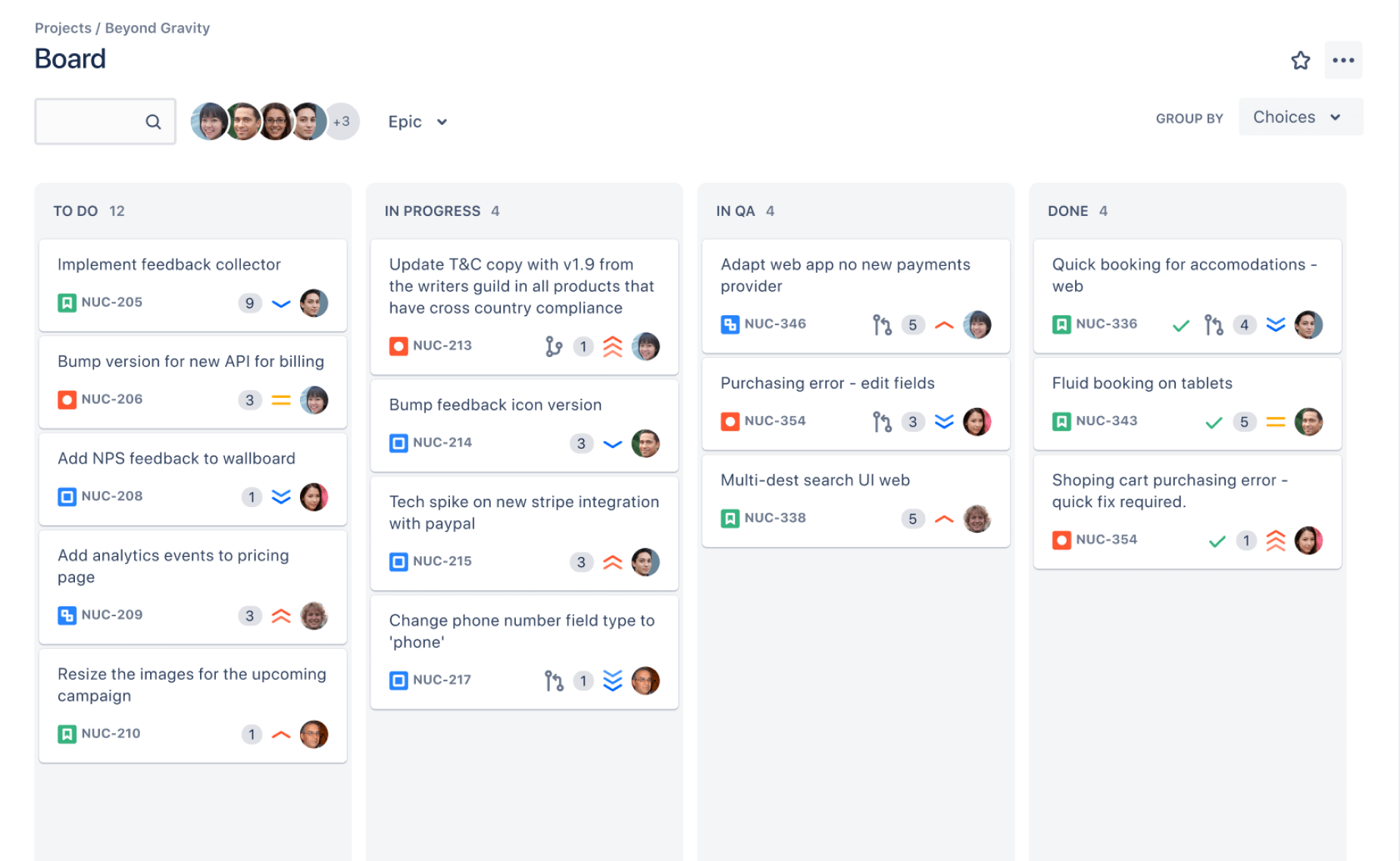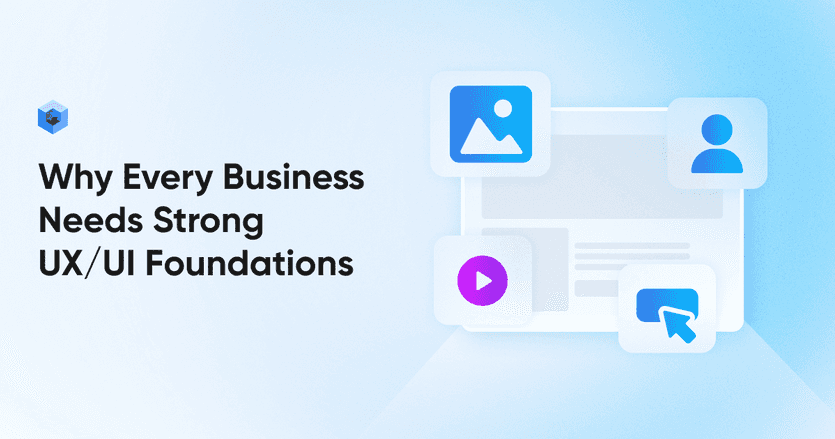When embarking on a business venture, it's crucial to consider not just your sales and marketing strategy, but also the integral role your website or application plays in it. Your online presence can effectively allocate time, enhance user loyalty, and bolster your authority in the field.
Now, you might be wondering, what exactly does UX/UI stand for? In this article, we'll delve into this abbreviation and dissect its meaning.
What is UX / UI Design?
UX/UI design refers to the combined field of User Experience (UX) and User Interface (UI) design, which focuses on creating digital products, websites, or applications that are user-friendly, aesthetically pleasing, and efficient.
Here's a breakdown of each component:
User Experience (UX) design involves creating products that provide meaningful and relevant user experiences, encompassing branding, aesthetics, usability, and functionality. It aims to enhance the overall user experience through research, analysis, and design techniques such as user research, wireframing, and prototyping.
User Interface (UI) design, on the other hand, focuses on the visual and interactive aspects of digital products, aiming to create visually appealing and user-friendly interfaces that align with user needs and brand identity. UI designers work on elements like buttons, icons, typography, color schemes, and layout to make products visually attractive and easy to navigate.

Why UX is important
Many underestimate UX, and therefore immediately ask to start "without a frame", and immediately with paint. But let's figure out why you shouldn't do that.
Imagine you're searching for a new mobile banking app to manage your finances. You download two different apps with similar features, but their user experiences vary significantly.
App A has a sleek, intuitive design. You can easily find your account balance, transfer money, and pay bills with just a few taps. The app even provides clear, concise explanations for financial terms you might not be familiar with. Navigating through it is effortless, and you quickly build trust in its security.
App B, on the other hand, is cluttered and confusing. Basic functions are buried in complex menus, and it takes several attempts to transfer money successfully. The app doesn't explain financial terms, leaving you frustrated and unsure about certain transactions. It feels unreliable, and you question its security.
In this scenario, even though both apps offer the same core banking services, App A's superior UX stands out. It not only makes your financial tasks efficient and stress-free but also builds your trust in the app's reliability and security. You're more likely to continue using App A and recommend it to others. Conversely, App B's poor UX leads to frustration, mistrust, and a higher likelihood of you uninstalling it, resulting in lost users and potential negative word-of-mouth.
Can professional UX/UI services help with branding?
Brand assets are distinctive elements that contribute to a brand's identity and recognition. They include visual elements like logos, color schemes, and typography, as well as non-visual components like brand voice, slogans, and unique brand identifiers. These assets are used consistently in marketing and communication to create a cohesive and memorable brand image, making it easier for customers to recognize and connect with the brand.
Your website should serve as a conduit to reinforce your brand identity and etch an enduring imprint on potential customers. Meticulous user experience (UX) and user interface (UI) design should seamlessly incorporate brand-specific elements that differentiate you from competitors.
Now, consider a scenario in the B2B sector, where the preeminent tool of choice is Jira. What immediately springs to mind? Often, it's the Kanban board. Jira's surge in popularity can be ascribed to its comprehensive feature set, harmoniously aligning with agile practices. Jira software expedites project planning, tracking, and application releases via well-conceived, user-friendly dashboards. In the sphere of agile practices, the spotlight inevitably gravitates toward user experience (UX) interfaces, profoundly influencing their perception and, consequently, the quality of UI development services.

How can custom UX/UI design services improve my website's functionality?
Custom UX/UI design services can improve your website's functionality by tailoring it to your target audience's needs, making it user-friendly and easy to navigate, ensuring consistent branding, optimizing for mobile devices, reducing load times, increasing conversion rates, and providing scalability for future growth. This enhances the overall user experience, encourages engagement, and supports your business objectives.
Who needs design services?
Individuals and businesses in need of UX/UI services include:
- Startups: Startups often require UX/UI services to create user-friendly and visually appealing interfaces for their products or platforms, helping them establish a strong initial user base.
- Small and Medium-sized Businesses (SMBs): SMBs can benefit from UX/UI services to improve their websites or applications, making them competitive and attractive to customers.
- Enterprises: Large companies often rely on UX/UI services to enhance the user experience of their existing digital products or to develop new ones, ensuring customer satisfaction and loyalty.
- E-commerce Businesses: Online retailers seek UX/UI services to optimize their websites for easy navigation, efficient product browsing, and smooth checkout processes, ultimately boosting sales.
- Digital Agencies: Marketing and advertising agencies may require UX/UI services for their client projects, ensuring that websites and apps align with brand goals and provide exceptional user experiences.
- Mobile App Developers: Developers of mobile applications need UX/UI expertise to create engaging and user-friendly apps that stand out in app stores and retain users.
- Nonprofits and Government Organizations: These entities use UX/UI services to build user-centric websites and applications for disseminating information, engaging with constituents, and delivering services effectively.
- Healthcare and Education: Healthcare providers and educational institutions leverage UX/UI services to create accessible and user-friendly platforms for patients, students, and staff.
- Gaming Industry: Game developers often require UX/UI services to design intuitive interfaces, engaging gameplay experiences, and in-game purchases that enhance user satisfaction.
- Any Digital Product or Service: Essentially, anyone offering a digital product or service can benefit from UX/UI services to ensure that their offerings are user-centric, visually appealing, and functional, leading to improved user engagement and success.
So, now you know what UX and UI is and whether you need it. Whether it's adding new features for customers or creating everything from scratch. But if you doubt what exactly you need in a website/application, you can contact us for a free consultation. Each of our product managers has 5+ years of experience and is ready to help you.




